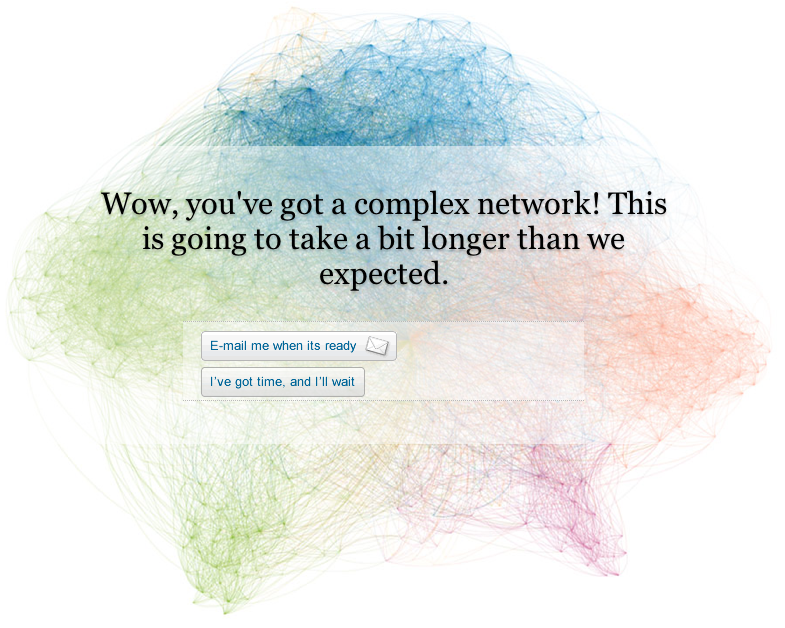Besides the header image on this site, nothing so far explains its URL, “usagainstthemachines”. It’s kind of catchy, probably because of the popular 90’s rockband band “Rage Against the Machine”. One friend said it reminded her of John Henry’s battle against the steam engine. I’ve been using this phrase for years while working with people to come up with technological solutions for problems. Whenever there is some difficulty along the way I’ll say it and it always makes people laugh and creates a sense of comradery — that’s why I chose it.
Someone called the phrase “playfully antagonistic,” and indeed the against is not seriously meant to promote a battle. Cultural anthropologist Michael Wesch at Kansas State University made this cool and informative video titled “The Machine is Us/ing Us” in 2007, maybe this helps clarify from what perspective I see this “against” thing.
How we treat identity online is indeed a question, for who is us? So it’s not like I have answers to these questions but I do find it fascinating to think about them. As you can see from some of my projects and references, I love using machines.


